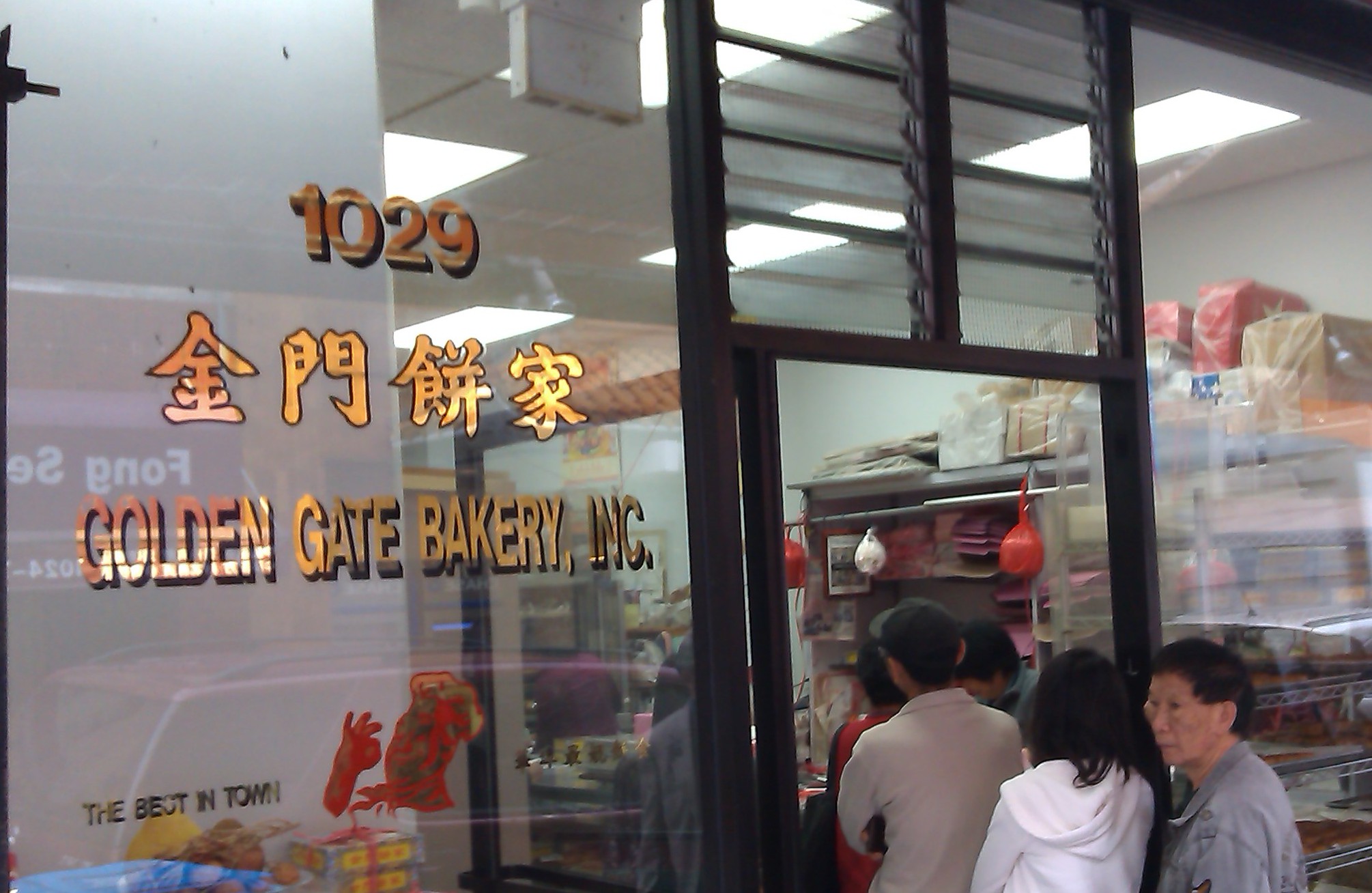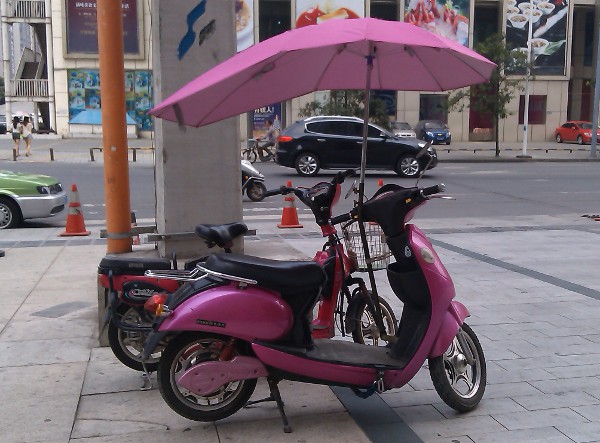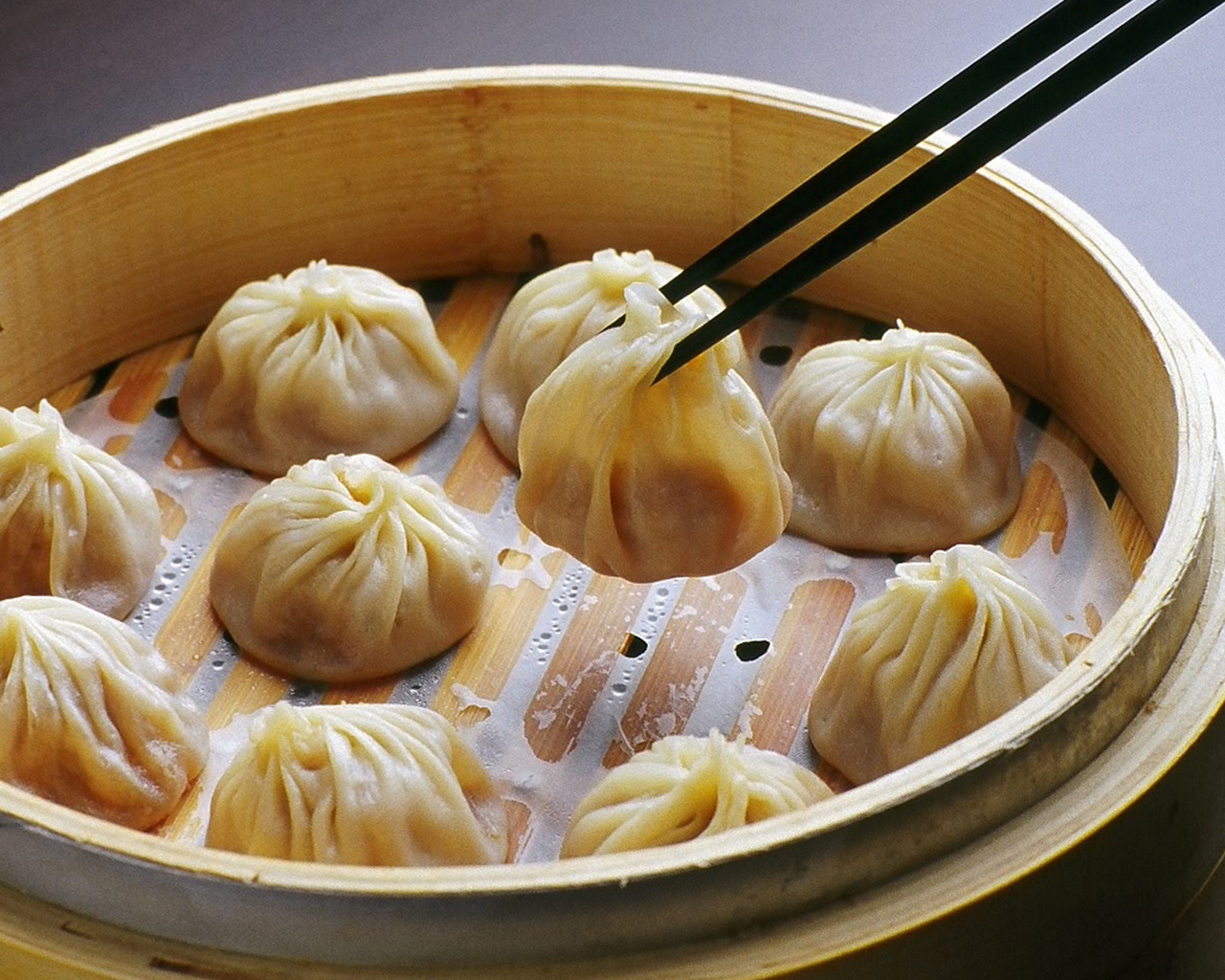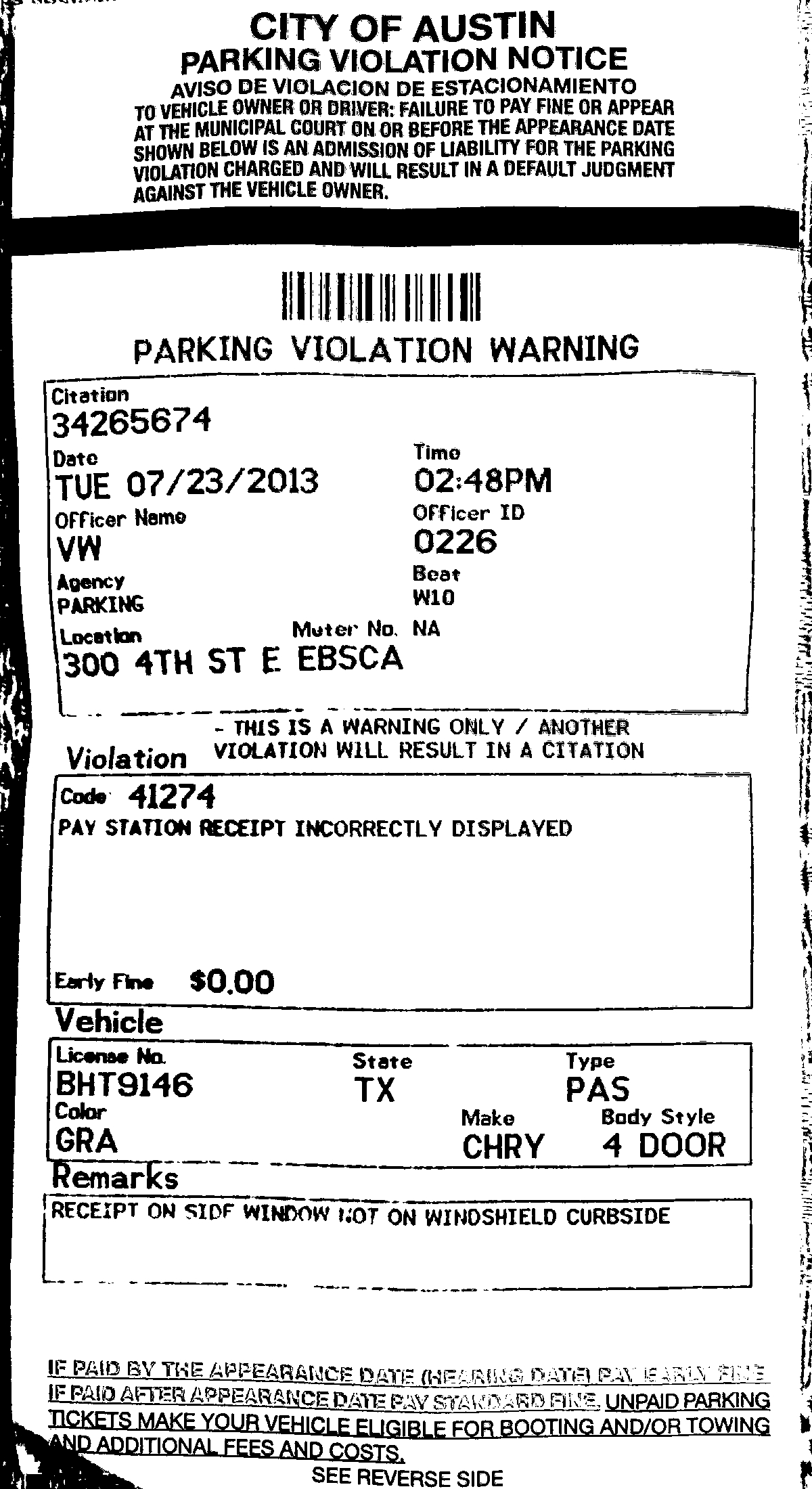Egg Custard is a Dim Sum classic. Every Dim Sum restaurants must offer this item. People criticize the fine points of egg custards like wine aficionados. There are the tradition style and the Portuguese style: baked hotter to allow a slightly charred look and a even creamier taste.

I am not an egg custard sommelier, but have certainly tasted many in my life. First, look at the over-all shape. The shell should be whole, light brown, flaky, not too thick, and not oily. The filling should appears liquid, perfectly even and with no blemishes, with a bit wiggling feel, but really solid. If it is Portugueses style, the filling should be a bit burnt.
One should always try egg custards warm, at least at room temperature, and never cold. When served at the restaurant, I expect them piping hot. The shell should have a little chew, but yield easily. The filling should be creamy, sweet, and showing off the egg fragrance. The whole piece should be fragile and easily disintegrating. You should be delightfully busy catching up the flakes or the filling. It should be small enough for you to want another one and big enough for you to resist. You should feel guilty for eating something so creamy and good.
And Golden Gate Bakery 金門餅家 is the king of egg custards. At least in San Francisco.
It is literally a hole in the wall. There will be a line from the time it opens the door until when it runs out about mid-afternoon. There is a counter, two or three people filling orders, and that’s pretty much it. As you wait, you see people walking out with amazing number of boxes. Tourists wonder what’s going on and walk away shaking heads at these crazy Chinese. Friend receiving a box will recognize the box, strangely cut open at two corners, and exclaim in delight.
Is it worth your while getting one of these? That depends on the value of small delights in your life. It is probably not on anyone’s bucket lists, but will sure bring smiles to someone close to you.








